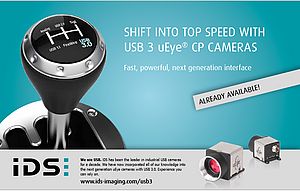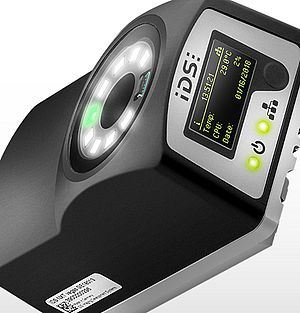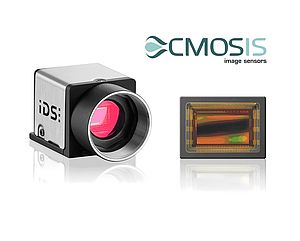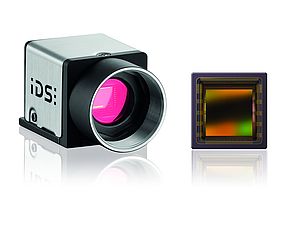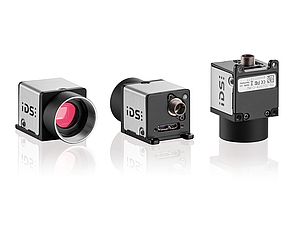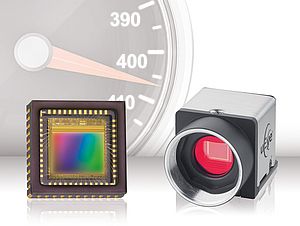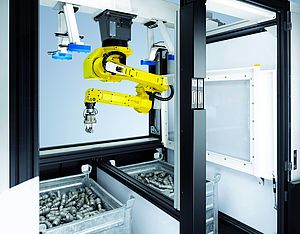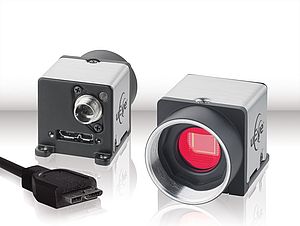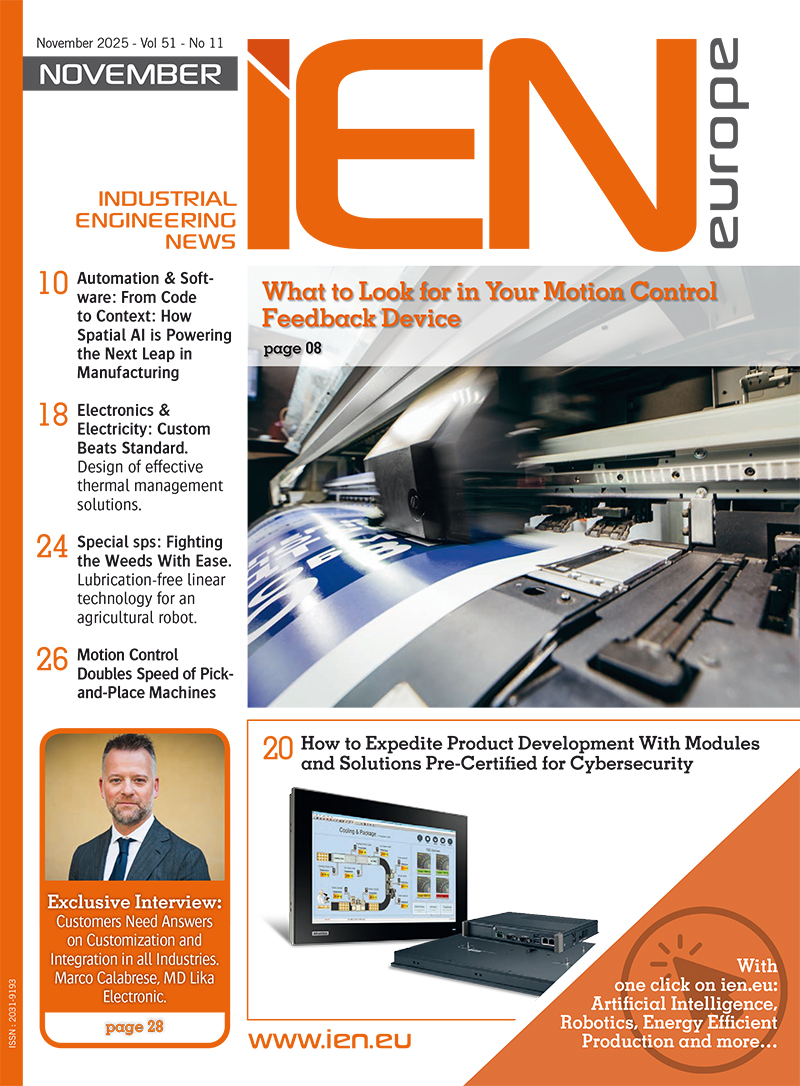Would you open the machine every time to check the interaction of components or wear? It makes no sense. It is much easier to keep an eye on things with a camera. Models from the consumer sector are quite common, but they also have their drawbacks: they are often only available for a very limited time, and spare parts are usually hard to come by. With the uEye SCP and uEye SLE product lines, IDS Imaging Development Systems is now launching the "uEye Live" camera series. They specialise in monitoring tasks, deliver various live streams and even allow event recording.
The GigE cameras are designed for stand-alone operation. In addition to easy access via the web front-end (HTTP), users benefit from video streaming, hardware-accelerated video encoding and event-based recording in the camera's memory. This means that in the event of an incident, the cameras provide a valuable 'window into the past'.
Housed or embedded camera option
The uEye SCP series has a completely sealed 29x29x29 mm housing. The uEye SLE series consists of board-level models for embedded applications with different mounting options. The first uEye SCP camera is now available with the 8.3 MP IMX678 rolling shutter sensor from the Sony Starvis 2 series. The board level version and additional sensors will follow in 2025.
These surveillance cameras are industrial grade, compact and cost effective. They can deliver multiple video streams simultaneously - and thanks to Sony's Starvis 2 technology, they deliver high image quality even in low-light situations. A total of three parallel streams are available. In addition to H264, the models also offer MJPEG over HTTP for direct viewing in a web browser without the need for additional plug-ins or third-party software. The RTSP protocol ensures standardised integration of H264 streams into existing tools and applications. A web-based REST API makes it easy to integrate the cameras into machine control systems.
















